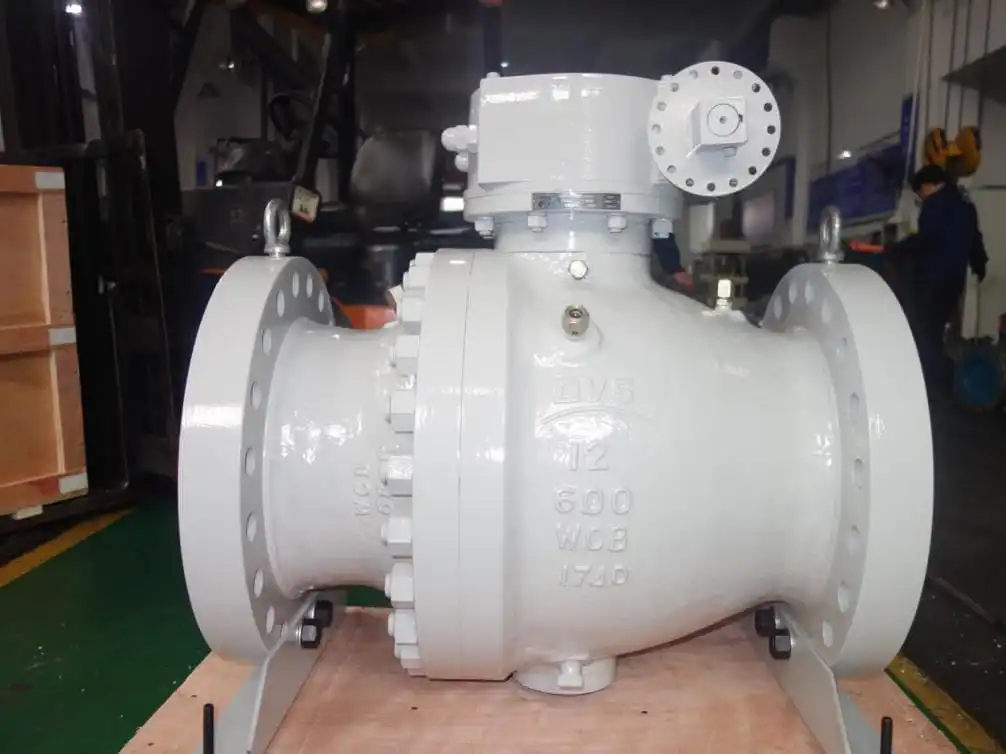Trunnion mounted ball valves with SPE seats are able to release over-pressure in cavity into pipeline automatically.
A SPE seat has seals on the back side located in such a way that the piston force can only come from the pipeline direction. If the body cavity pressure exceeds the pipeline pressure (no more than 1,33X the valve pressure rating per ISO/API), a SPE seat will release pressure to the pipeline side. A SPE seat will release body pressure, even if it doesn't exceed the valve pressure rating, but if there is a differential pressure between the pipeline and the body cavity, the body cavity is at a higher pressure. The amount of differential pressure at which the seat will relieve varies by valve model and manufacturer.
DPE (Double Piston Effect) seats are usually known as bi-directional as defined by ISO 14313/API 6D.
A DPE seat, is a seat design, where the location of the seals on the back side of the seat are located in such a way that the seat can use pressure from either the pipeline or the valve cavity as a source of pressure to provide a piston force. With the DPE seat option, if a leakage occurs in the upstream seat, the pressure entering the body cavity pushes the downstream seat against the ball and valve seals. Line pressure forces a seal against the floating seat to effect sealing.
DPE seated valves must have an external relief safety valve fitted to the body which vents to atmosphere. Due to environmental requirements, this must now be plumbed back into the upstream side of the valve or recycled elsewhere.

Next: Dervos Valves in ECO FUEL INNOVATION PROJECT
Previous: Nov.27th-30th 2012 OSEA
